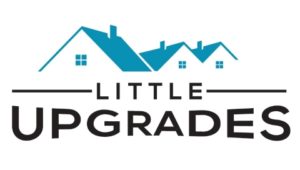Slow cookers provide the freedom to make home-cooked meals while focusing on other daily tasks while using less electricity than an electric stove top. But, how much electricity does a slow cooker use and how does this compare to other appliances?
When run for 8 hours on the low setting, a modern slow cooker will consume about 1.44 kWh of electricity. There are several variables that affect the overall power consumption of a slow cooker. But generally, a slow cooker is an energy-efficient alternative to an electric stove or oven.
Don’t worry if you don’t know what those numbers mean or how they compare to an oven, we’ve got everything laid out plain and simple for you in the rest of the article. Let’s jump in!
Table of Contents
Before we get into it, as a general safety note, always be sure to follow the suggested recipe settings and adhere to the safety instructions of your specific slow cooker.
How Much Electricity Does a Slow Cooker Use?
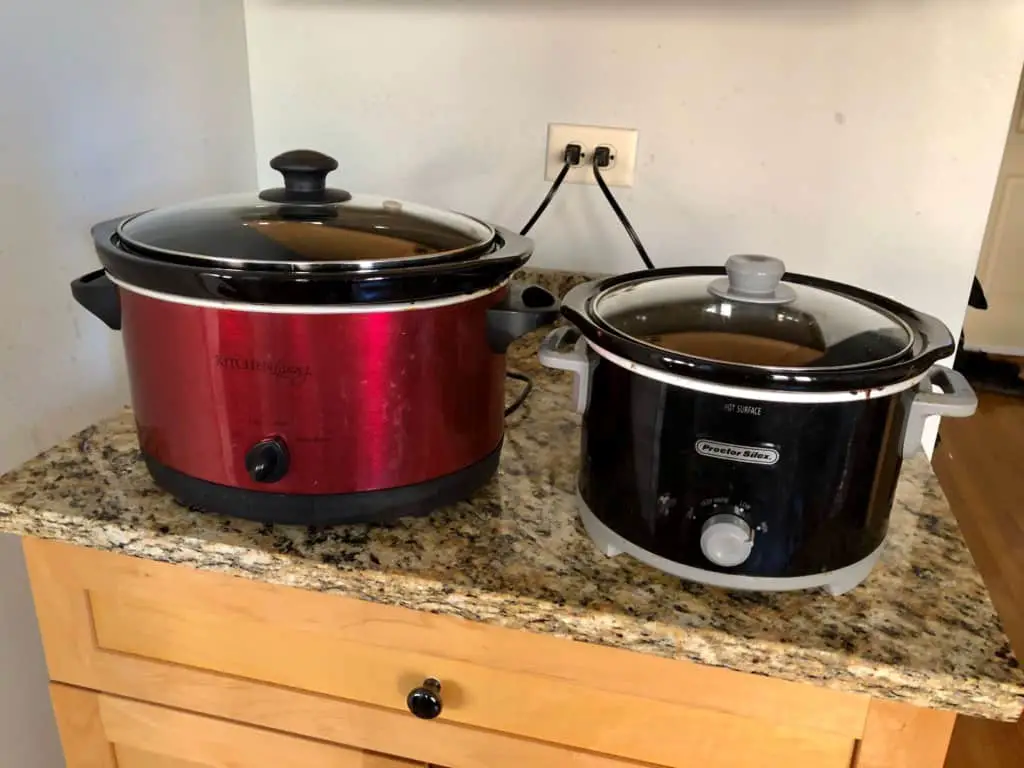
Using a slow cooker is a great way to lower your energy bills because they use less energy than some other cooking appliances. But, how do we figure out how much electricity a slow cooker uses?
Calculating the electricity use of a slow cooker depends on several variables including temperature setting (low or high), duration of cooking, and the size of the slow cooker.
Let’s start with a quick overview of how power consumption is measured, then we’ll do the math for a slow cooker example.
How Power Consumption is Measured
For most homeowners and renters, the important number for power consumption is going to be kilowatt/hours (kWh).
This is the number that your electric provider will use when it comes time for billing and is a result of two other factors, amperage (current) and voltage (electrical “pressure”).
Let’s briefly define these terms for clarity:
- Amperage (A) – The current in an electrical circuit. This considers both the volume and flow-rate of the electricity.
- Voltage (V) – The potential electrical difference between points of an electrical circuit. This is essentially the underlying “push” that moves electricity in a circuit
- Wattage (W) – The Power (P) output in an electrical circuit that results from both amperage and voltage.
Note: Resistance also plays a factor in electrical systems but we can afford to overlook this for the sake of our slow cooker investigation.
A common way to think about this is to think about electricity as if it were water in a garden hose. Amperage would describe the flow rate of a certain volume of water through the hose and Voltage would describe the pressure exerted by the water.
When multiplied together, we get the Wattage (power) that the water generates. If we increase the pressure or current coming from the hose, we see a higher resulting power output.
The Math (and an Example)
Now we’ll walk through the math using the low-cook estimate for a slow cooker.
Slow cookers operate using a standard 120V outlet. They also operate at a fairly low amperage, about 0.6 amps when keeping food warm to 2 amps when operating in a high cooking mode.
In order to figure out the Power output, we simply multiply the Amperage and Voltage together using this equation.
Amperage x Voltage = Power (Watts)
We will assume the slow cooker is in the low-cook mode, which draws about 1.5 amps
Step 1: 1.5 Amp x 120Volts = 180W
A meter reading is done in kilowatts. 1 kilowatt equals 1000 watts in the same way that 1 kilometer is 1000 meters. To have our output be in kilowatts, we must divide the product of the above equation by 1000 watts (1 kilowatt)
Step 2: 180 W / 1000 W = .18 kW
To get this amount into a kilowatt hour (kWh) reading, we multiply the product in step two by the time that we were consuming the electricity. Let’s say, for example, 8 hours.
Step 3: 0.18 kW x 8 hours = 1.44kW/hours
So we see that using a slow cooker on a low-cook setting for about 8 hours will use about 1.44 kWh of electricity.
Whew, I’m sure you didn’t think this question would involve this much math, but don’t worry, I’ve got an estimate table laid out for you here so you don’t have to do it all yourself.
Keep in mind that these are estimates and could vary based on your model of slow cooker.
| kwH on Warm | kWh on Low | kWh on High | |
| 4 Hours | 0.29kWh | 0.72kWh | 0.96kWh |
| 8 Hours | 0.58kWh | 1.44kWh | 1.92kWh |
| 12 Hours | 0.86kWh | 2.16kWh | 2.88kWh |
Now, let us take a look at how all this translates into cost.
How Much Does it Cost to Run a Slow Cooker?
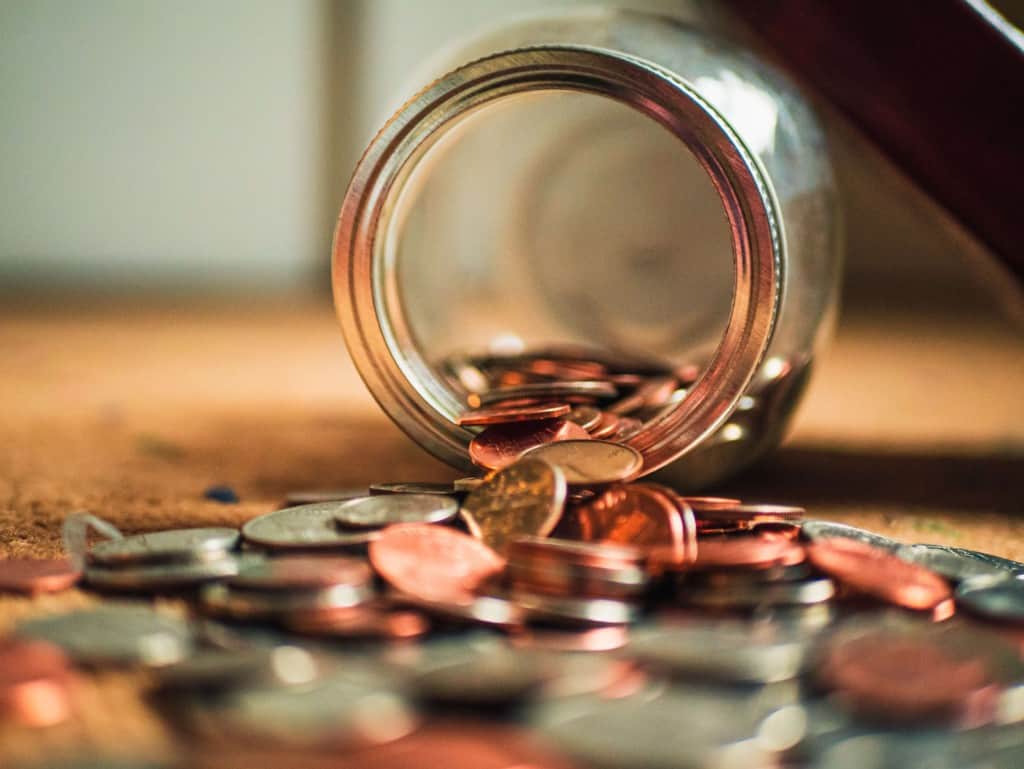
At the time of writing this article, the average residential cost for electricity in the United Sates is hovering around $0.16 per kWh. This would put the cost of our hypothetical energy costs at the following.
Step 4: 1.44 kWh x $0.16 = $0.23
So, we can see that running a slow cooker for 8 hours on the low setting, would cost about $0.23.
We can follow the same steps to calculate that using a slow cooker on a high-cook setting for 8 hours would cost about $0.30 on average.
However, using a high-cook setting would cut down on the time needed for cooking. So, if we only cooked for 5 hours on high, then the cost is close to the same, at about $0.20.
On paper, the cost efficiency between the high and low temperature settings switch (high becoming more expensive) if the high setting is used for more than 60% of the low-setting cook time.
Of course, there are many variables that can affect this math, including the size of your slow cooker and even the type of food being prepared. It is usually best to simply follow whatever the recipe calls for.
Are Slow Cookers Energy Efficient?
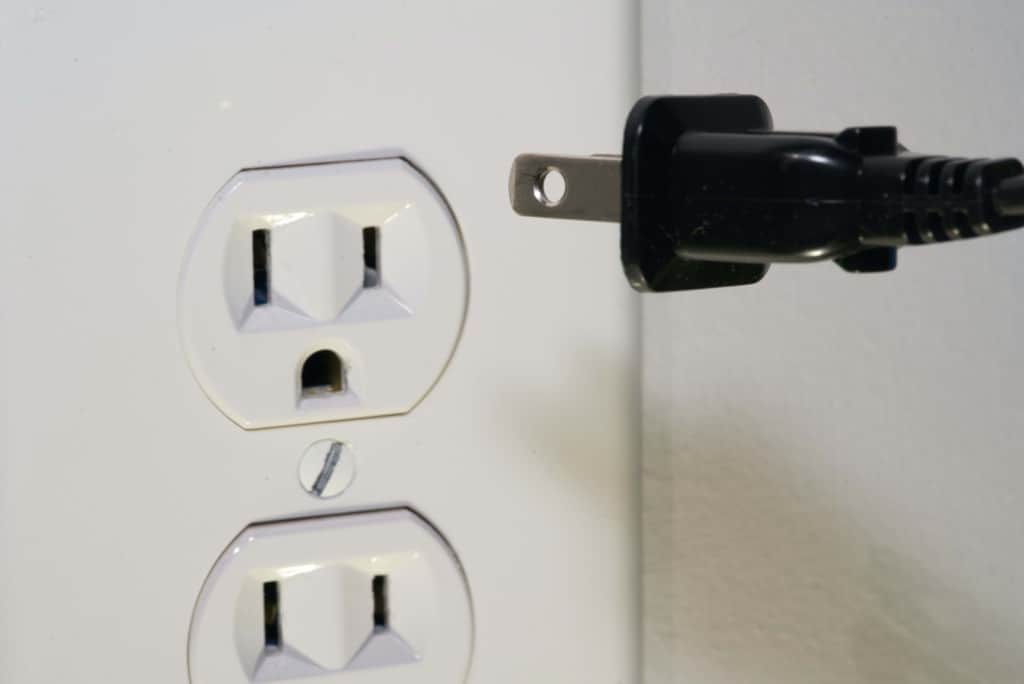
As we saw above, slow cookers use a relatively low amount of power making them very energy efficient which can translate to energy savings.
One of the great benefits of modern slow cookers is that it is heat efficient. Little heat is lost to ambient surroundings because the heating elements are contained which traps the heat.
In comparison, a standard electric oven/stove may cook the food quickly, but it also loses a lot of energy to the air and other elements of the stove.
Some slow cookers and many ovens can operate with what is known as a “duty cycle” in order to help conserve energy use. This functions in the same way that a furnace connects to a thermostat.
The heating element will periodically turn off and back on to maintain a constant temperature. The appliance, then, isn’t constantly drawing energy the whole time that it is on.
Slow Cooker Vs. Stove/Oven?
Calculating the cost of running a stove uses the same method that we used for a slow cooker. The main difference is that the amperage and voltage of a stove or oven are going to be drastically higher than a slow cooker.
The cooking time, however, is generally less when using a stove or oven. So what kind of numbers does this yield?
A residential electric stove/oven, on average, functions using a 220 V outlet and can draw between 30 and 50 amps. Much larger numbers than our slow cookers.
Using our equations from earlier, we see that a stove drawing 30 amps would use 6.6 kWH if used continuously for one hour. This would give us an hourly cost of about $0.88.
However, stove-top cooking time is usually less than a full hour. If we assume we use a burner for only 20 minutes, the total cost of that particular cooking time would be $0.29.
Using an oven also requires a higher electrical draw. The main variable to consider with an oven is that the primary electrical draw is during its heating cycle.
While the oven is heating to the desired temperature, it will be using a considerably larger amount of energy than after it reaches that temperature and the heating unit shuts off.
This makes the power consumption of an oven less than what it would be simply doing the hypothetical math. To have a completely accurate calculation of the energy use of an oven, you would need to track the cumulative time that the heating element is functioning, not just simply the cook time.
Overall, the slow cooker is going to be more cost-efficient and energy efficient than using an electric stove-top or oven. The trade-off for using the stove-top or oven is going to be in the much shorter cook times compared to using a slow cooker.
Slow Cooker Vs. Pressure Cooker
Daily use electric pressure cookers like an Instant Pot have gained popularity over the past few years. They cook food extremely fast by increasing the pressure inside the pot.
Because of this decrease in cooking time, many people wonder if these pressure cookers are even cheaper and more energy efficient than slow cookers.
Pressure cookers plug into a standard 120v outlet just like slow cookers do. Pressure cookers draw the most power while they’re getting up to pressure.
A 6qt Instant Pot uses about 8.3 amps of power, which is much higher than the 1.5 amps of a slow cooker.
Using our formula from above, this translates to using about 1kWh per hour of cooking. But, the benefit of using an instant pot is that it cooks things very quickly.
Most recipes I have used for an instant pot have been around twenty minutes plus preheat time. So, let’s say I use my Instant Pot for thirty minutes on average.
This means that to cook something in an instant pot for thirty minutes you’re using 0.5 kWh. This is less energy than you would use to cook something in a slow cooker but only because it takes so much less time.
If you cook longer than thirty minutes in an instant pot, the slow cooker starts to win. But, both devices are still more energy efficient than a conventional oven.
These numbers will vary based on the cooking methods you use with your instant pot since it can also be used as a slow cooker and just a regular pot/pan.
Slow Cooker Vs. Air Fryer
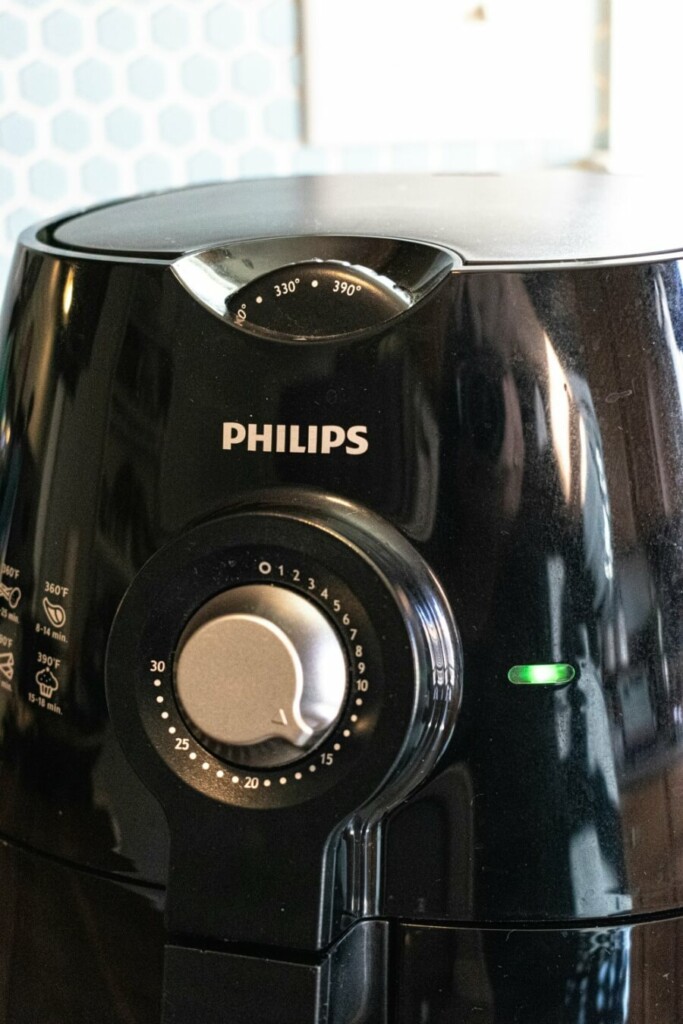
Another energy-saving kitchen appliance is an air fryer. Most air fryers use around 1500 watts of electricity but the specific amount will vary based on your specific model and manufacturer.
To get more specific numbers, check with your manufacturer to get the full picture.
This wattage translates to using about 12.5 amps of power while in use. This is higher than both a slow cooker and a pressure cooker. But, air fryers usually cook for less time that slow cookers depending on what you’re cooking.
Cooking something in an air fryer for an hour will use 1.5 kWh of electricity. While this number is higher than that of a slow cooker, it usually takes less than an hour to cook something in an air fryer.
So, air fryers and slow cookers are very similar in their energy efficiency depending on the length of time you use them but both still use less power than traditional ovens.
Related Questions
What Temperature Does a Slow Cooker Cook At?
Slow cookers will generally heat up to about 190-210 degrees Fahrenheit (~87-99 degrees Celsius) on the Low setting and can go up to about 300 degrees Fahrenheit (~149 degrees Celsius) on the High setting. However, slow cooker temperatures will vary based on cook time, brand, model, etc.
Do Slow Cookers Need Water?
You only need to add water to a crock pot, if the meal or recipe you’re slow cooking requires it. Some meals, like a ham, do not require any liquid to be added. Other recipes, like slow cooker bread or soup, do require water. And finally, some recipes will require added liquid (like broth), but not water.
